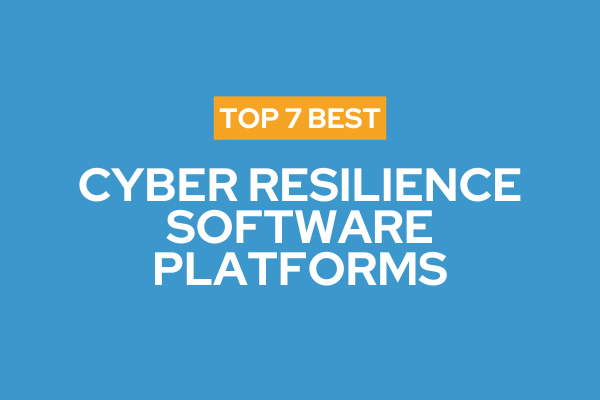
Top 7 Cyber Resilience Software Platforms
Compare the top 7 cyber resilience platforms that unite prevention, detection and recovery to cut downtime, protect data and keep operations running.
Published on October 22, 2025
Last updated on October 22, 2025
Cloud disruptions, cyber incidents, and configuration drift expose gaps that traditional backup alone cannot cover. Resilience platforms bring recovery, observability, and automation together so you can protect services, not just servers. The right platform helps you model dependencies, set recovery objectives, and rehearse end-to-end failover without risky, manual runbooks. It also supports mixed estates, from hyperscale public clouds to on-prem, and applies consistent policies across them.
For business continuity leaders, the value is clear: faster recovery, fewer single points of failure, and better audit evidence for regulators and customers. In this guide, we explain what cloud resilience means in practice, what features matter, and which vendors to consider. We start with Continuity2, then compare seven reputable alternatives across disaster recovery, ransomware recovery, and application-aware resilience.
Cloud resilience is the capability to maintain acceptable service levels, recover quickly, and learn from failure across cloud and hybrid environments. It blends disaster recovery, backup, cyber recovery, chaos and failover testing, configuration baselining, and observability. Mature programmes define clear RTO/RPO targets, map application dependencies, automate orchestration, and validate plans through regular, low-risk exercises. The outcome is sustained operations during incidents and rapid, predictable recovery when disruption occurs.
A strong platform standardises resilience across clouds and reduces recovery risk through automation and evidence. Prioritise these capabilities.
Automated runbooks to fail over applications, data, and networking across regions and providers, with dependency-aware sequencing.
Granular, point-in-time recovery using change-block tracking or journal-based replication to cut data loss on fast-moving workloads.
WORM storage and clean-room recovery paths to contain ransomware blast radius and validate integrity before restore.
Non-disruptive DR tests and sandbox recovery for real workloads, producing audit-ready evidence and SLA reports.
Codified controls for retention, encryption, locality, and recovery objectives, with automated attestations and alerts.
Dashboards for RTO/RPO drift, coverage gaps, and resilience SLOs, plus alerts for protection failures or misconfiguration.
Right-sized replicas, tiering, and burst-to-cloud options to balance recovery speed with spend.
APIs, Terraform, ITSM, SIEM/SOAR, and CMDB connectors to embed resilience into existing tooling and workflows.
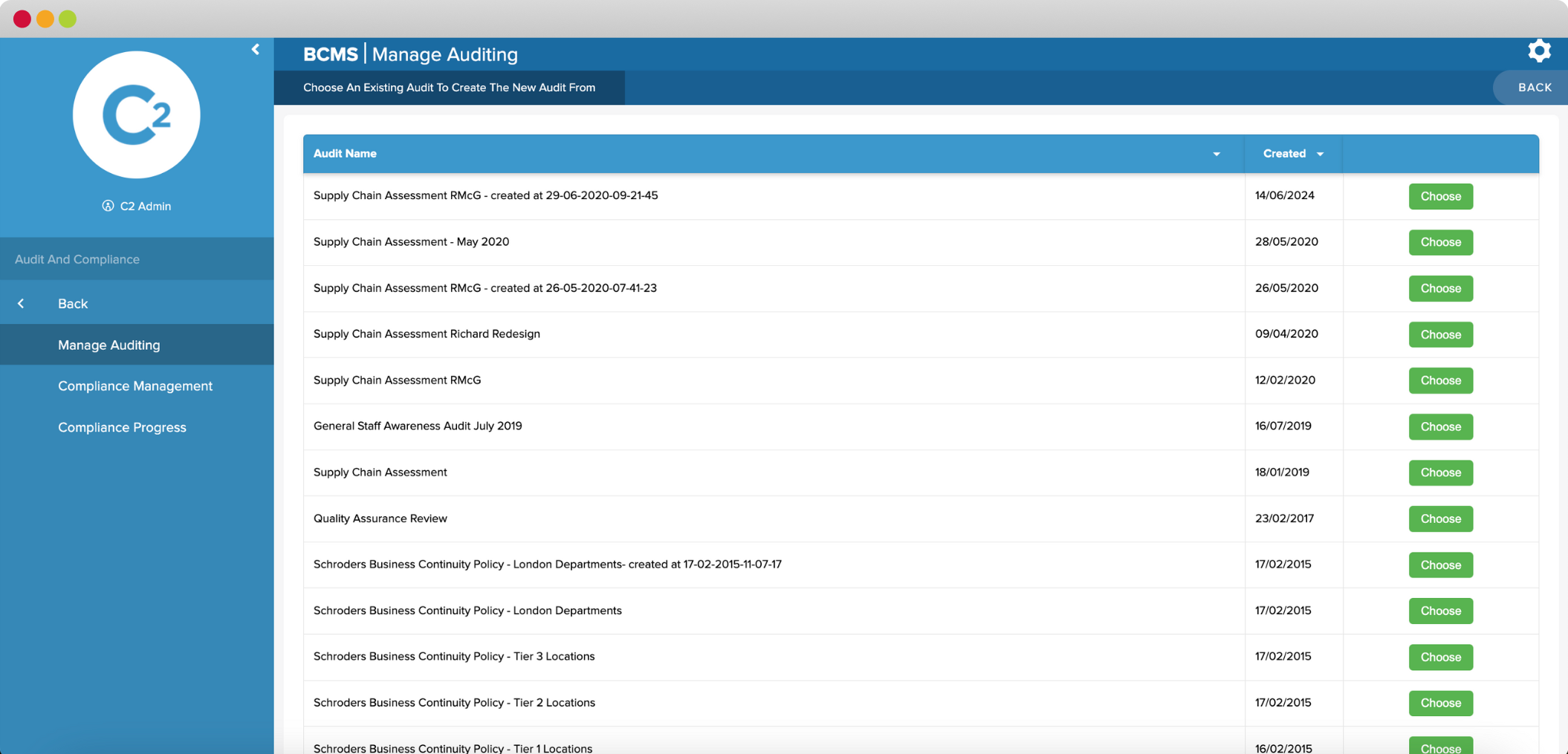
Continuity2’s platform unifies business continuity, operational resilience, and cloud recovery orchestration. It aligns recovery to business priorities by linking impact data with technical failover plans. Teams can model dependencies, set RTOs/RPOs, and automate runbooks across cloud and on-prem systems. Exercise evidence is captured in audit-ready reports for easier compliance, while analytics expose coverage gaps and single points of failure. Role-based workspaces and guided workflows enable seamless coordination and frequent, scalable rehearsals.
Key Features:
Best for: Regulated enterprises and fast-growing firms needing a single system of record for resilience and recovery.
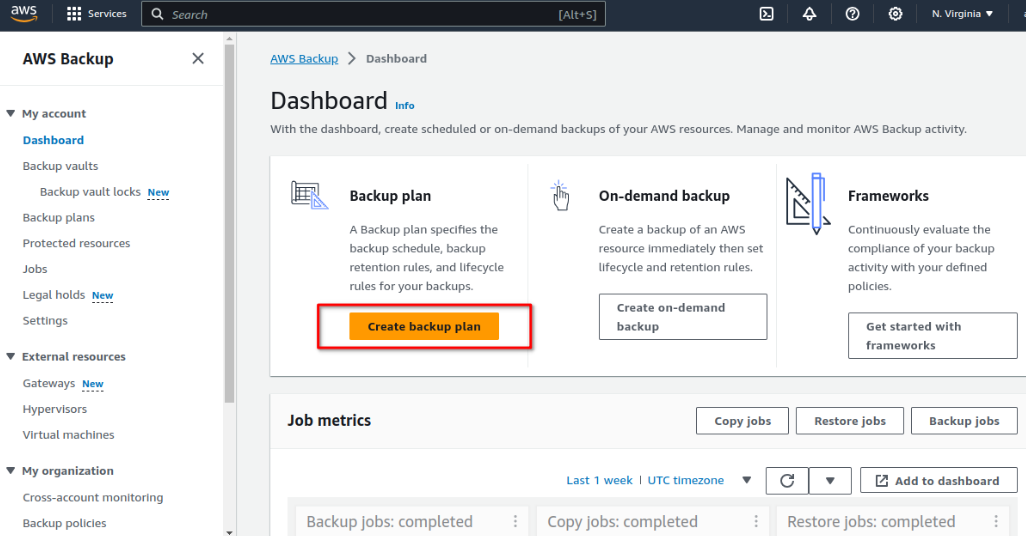
AWS offers native capabilities for multi-AZ/region architectures, backup, DR patterns, and resilience validation. Services such as AWS Backup, Elastic Disaster Recovery, and Route 53 health checks support rapid, automated failover. Well-Architected and Resilience Hub help you score designs against best practice and track RTO/RPO.
Key Features:
Best for: Teams standardised on AWS seeking native tooling and pattern-based DR.

Commvault provides data protection and cyber recovery with immutable storage, threat detection, and orchestrated clean-room restores. Its SaaS options reduce management overhead while supporting hybrid estates.
Key Features:
Best for: Enterprises consolidating backup and cyber recovery with strong compliance reporting.
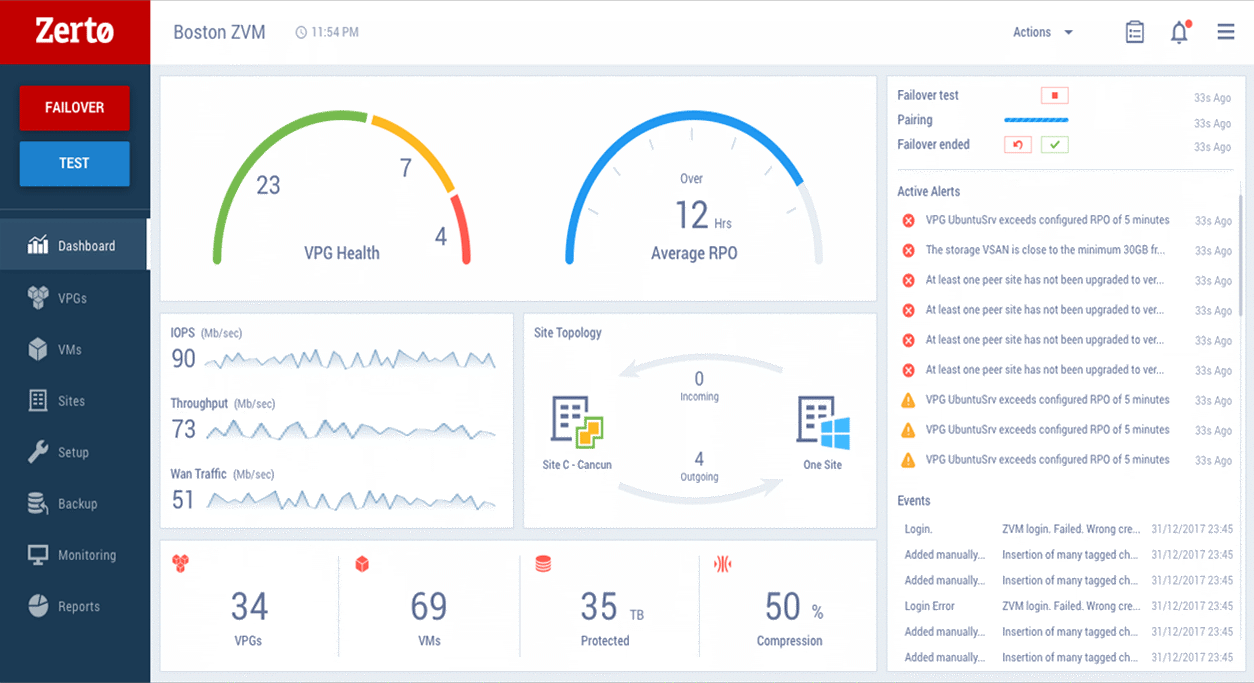
Zerto focuses on journal-based continuous data protection and fast failover for virtualised and cloud workloads. It supports cross-hypervisor and cross-cloud mobility, making migrations and DR tests straightforward. Key
Key Features:
Best for: Organisations prioritising near-zero data loss and rapid failover for virtualised estates.
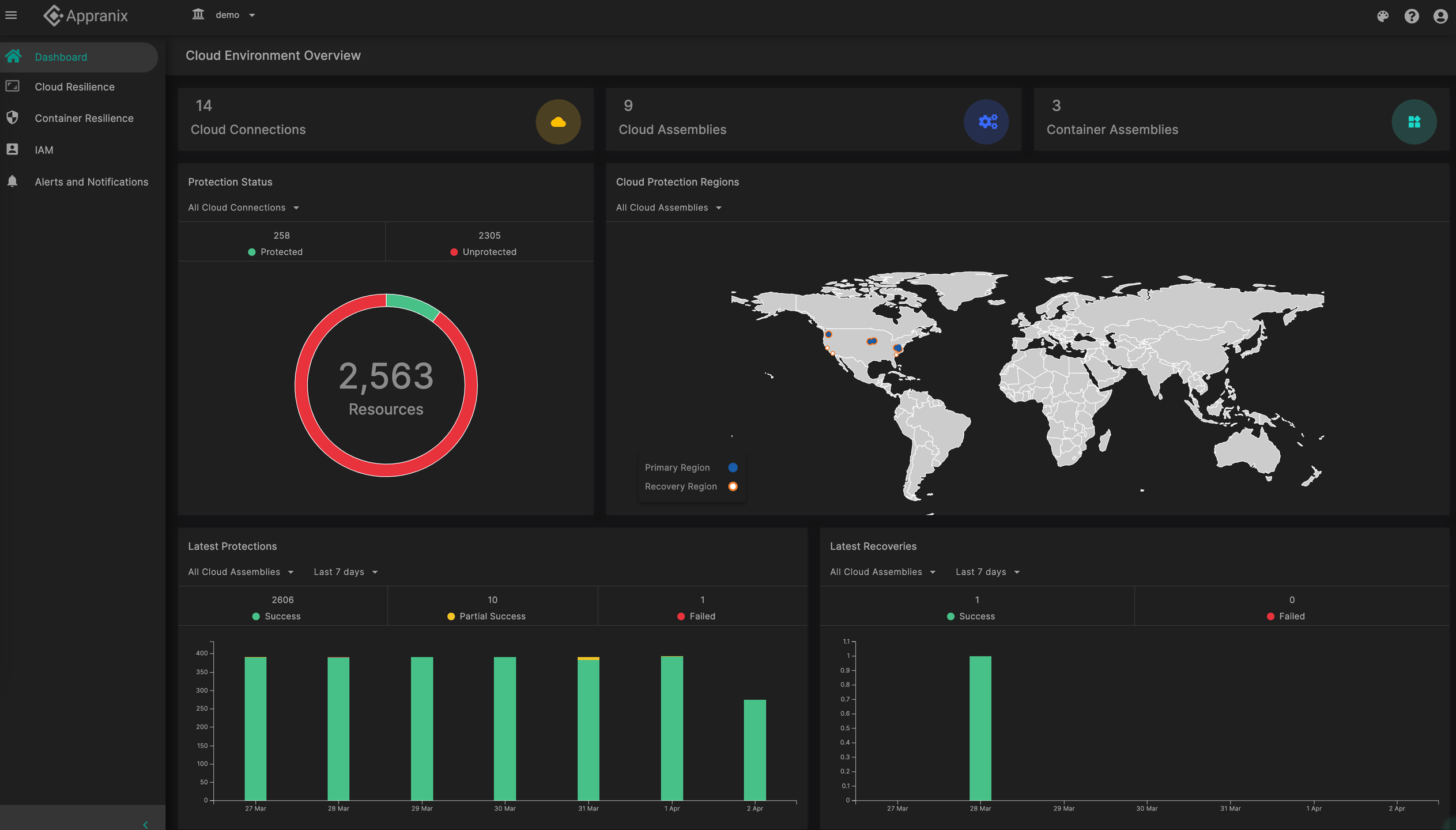
Appranix protects entire application topologies, not only data. It captures configuration, dependencies, and cloud resources, then rebuilds environments on demand in clean rooms or target regions.
Key Features:
Best for: Cloud-native teams needing full-stack, configuration-aware recovery.
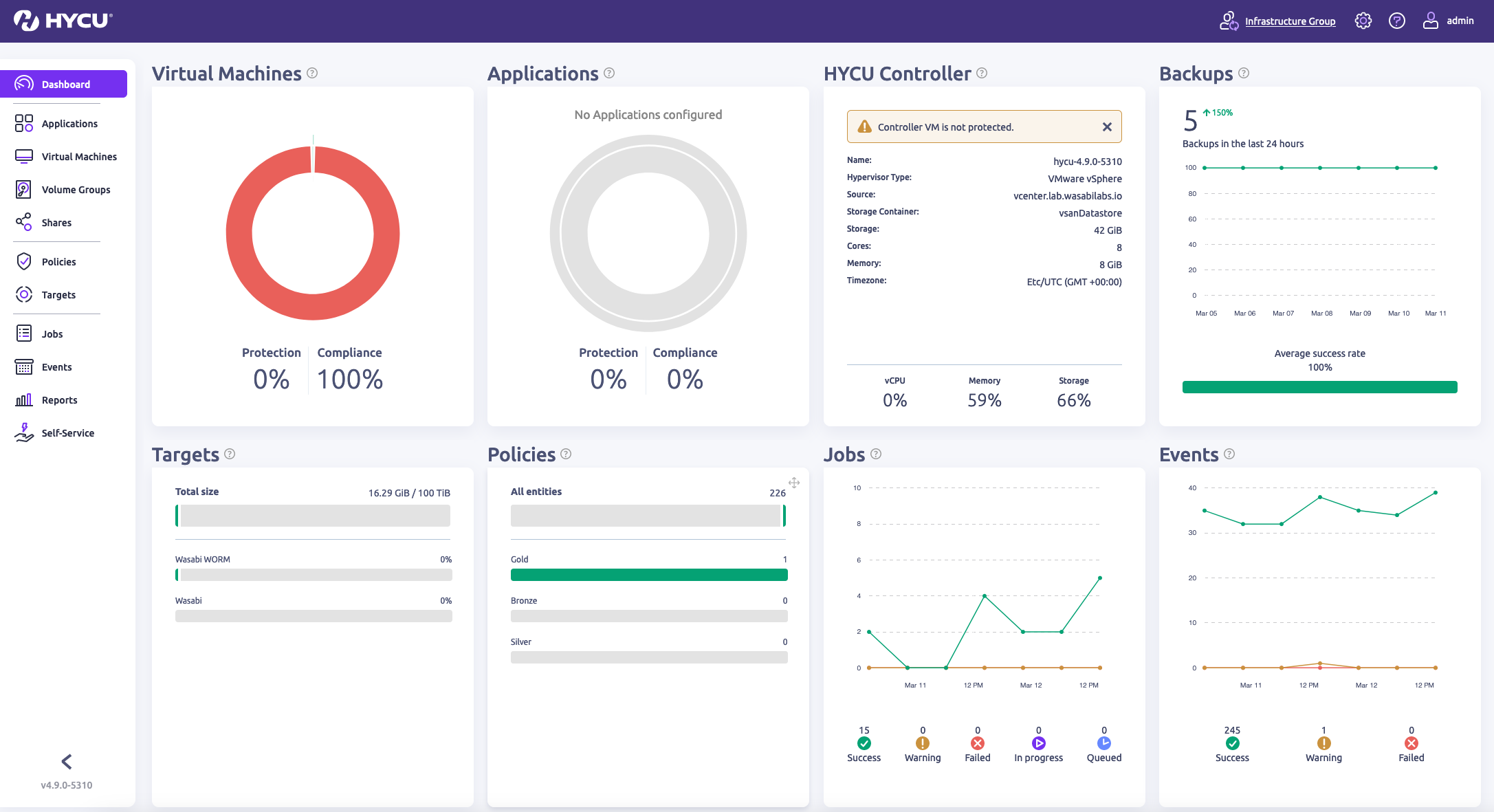
HYCU offers agentless backup and recovery for multi-cloud and SaaS workloads, with a focus on simplicity and API-driven integration. Policies scale across clouds and business units with minimal overhead.
Key Features:
Best for: Lean teams seeking quick coverage across mixed workloads.
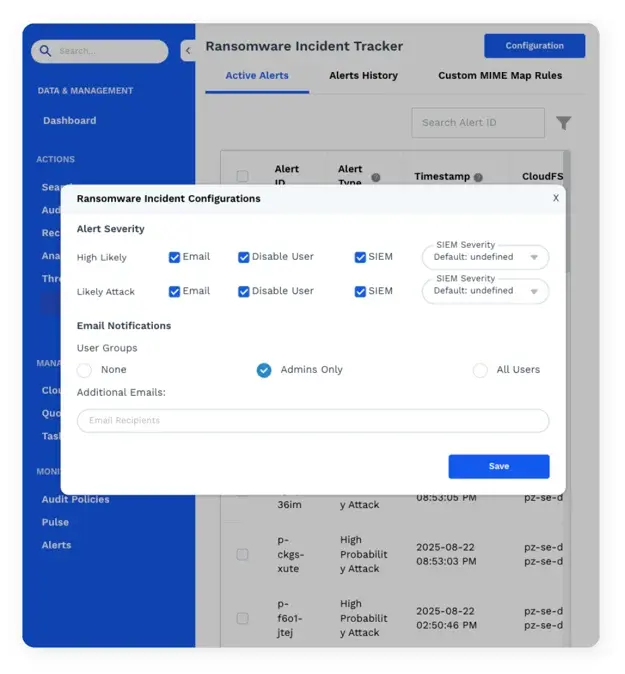
Panzura delivers global file services with built-in snapshotting, immutability, and multi-site recovery. It helps distributed teams keep unstructured data available while containing ransomware impact.
Key Features:
Best for: Organisations with large unstructured data sets and distributed users.
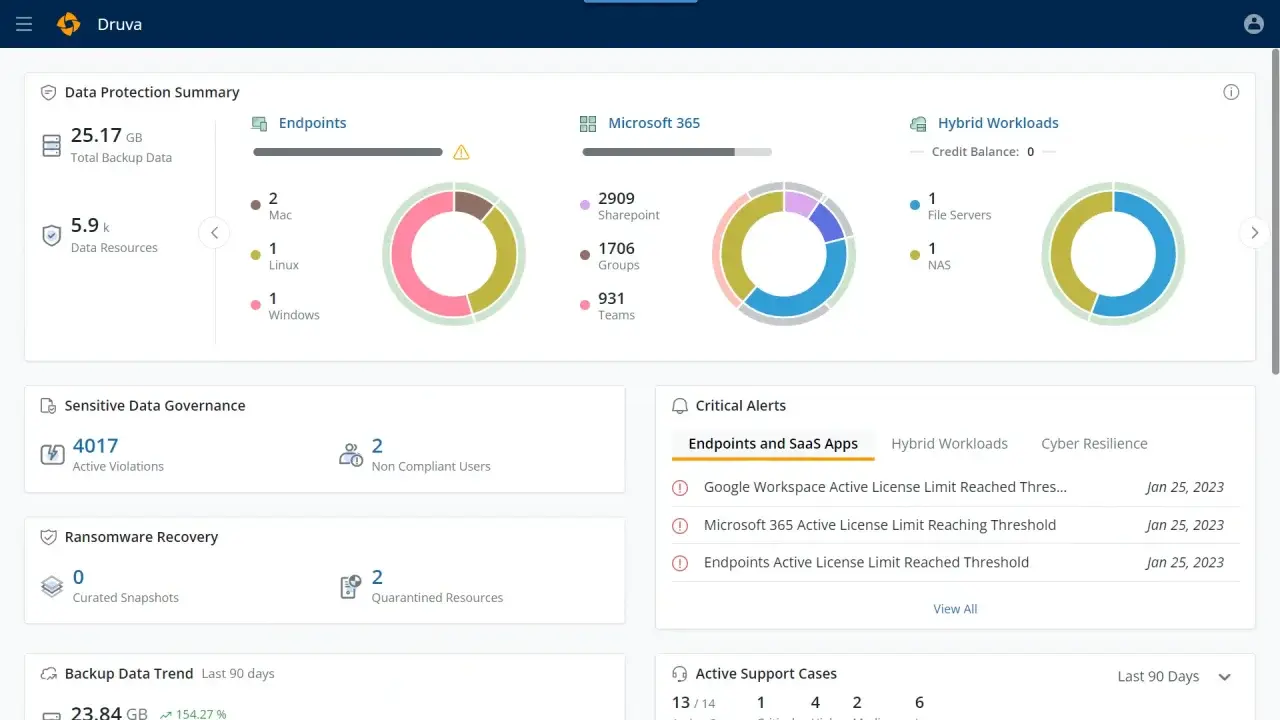
Druva is a SaaS-delivered data protection and cyber recovery platform. It removes infrastructure management while providing immutable storage, anomaly detection, and orchestrated restore.
Key Features:
Best for: Multi-site organisations wanting quick time-to-value and predictable costs.
Automated runbooks reduce manual steps, so teams progress from alerts to failover with fewer errors and clearer decision points. Dependency-aware sequences bring databases, services, and networking up in the right order. Regular, non-disruptive exercises expose gaps before incidents occur, and produce clear evidence for leadership. The result is recovery times that match business-level objectives, not estimates that drift over time.
Immutable storage, least-privilege operations, and clean-room validation help you restore trustworthy data rather than re-infected systems. Threat-aware workflows scan backups, identify safe recovery points, and rehearse end-to-end rebuilds. This shortens outage duration, limits data loss, and supports transparent communications with customers, regulators, and insurers.
Policy as code and automated testing generate a continuous paper trail. Platforms capture plans, exercises, outcomes, and approvals in one place, mapped to services and recovery targets. Auditors and boards can see coverage, exceptions, and remediation progress without manual collation. This reduces audit fatigue and improves confidence in operational resilience.
Right-sized replicas, storage tiering, and targeted protection focus spend on the most important services. SaaS delivery removes hardware refresh cycles and reduces maintenance effort. Integration with provisioning pipelines applies protection at the source, avoiding retrofits and rework.
CIOs, CISOs, and business continuity leaders need evidence of recoverability, not assumptions. Start with business-led priorities, automate cross-cloud runbooks, and rehearse often. Continuity2 ties strategy, plans, and orchestration into one platform, giving you practical control and audit-ready proof.
Book a Demo with Continuity2 to see how our platform strengthens your organisation’s operational resilience and cloud recoverability.
Founder & CEO at Continuity2
With over 30 years of experience as a Business Continuity and Resilience Practitioner, Richard knows the discipline like the back of his hand, and even helped standardise BS25999 and ISO 22301. Richard also specialises in the lean implementation of Business Continuity, IT Service Continuity and Security Management Systems for over 70 organisations worldwide.


Founder & CEO at Continuity2
With over 30 years of experience as a Business Continuity and Resilience Practitioner, Richard knows the discipline like the back of his hand, and even helped standardise BS25999 and ISO 22301. Richard also specialises in the lean implementation of Business Continuity, IT Service Continuity and Security Management Systems for over 70 organisations worldwide.

Compare the top 7 cyber resilience platforms that unite prevention, detection and recovery to cut downtime, protect data and keep operations running.
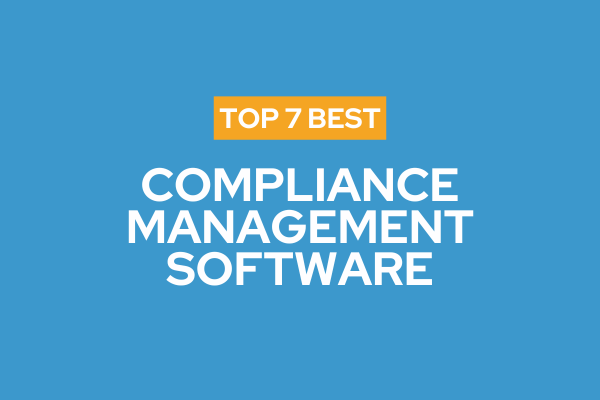
Compare the top 7 compliance management platforms. Learn key features, benefits, and use cases to automate workflows, reduce risk, and simplify audits.
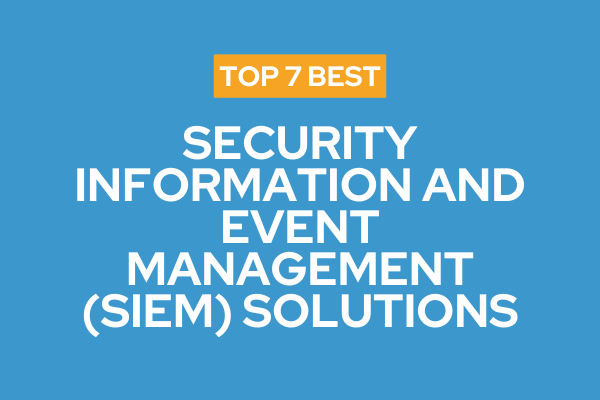
Find the best SIEM tools to detect threats faster, automate incident response, ensure compliance, and strengthen your organisation’s cyber resilience.
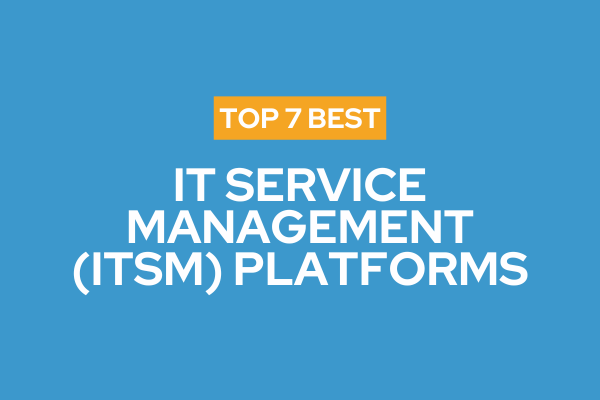
Explore the top 7 IT Service Management (ITSM) platforms that streamline IT operations, boost efficiency, ensure compliance, and drive business resilience.

Discover the top 8 cybersecurity software solutions that protect against evolving threats while enhancing enterprise compliance and resilience.

Discover the top 8 Disaster Recovery as a Service (DRaaS) solutions—features, benefits and use cases to cut downtime, minimise data loss and meet compliance.
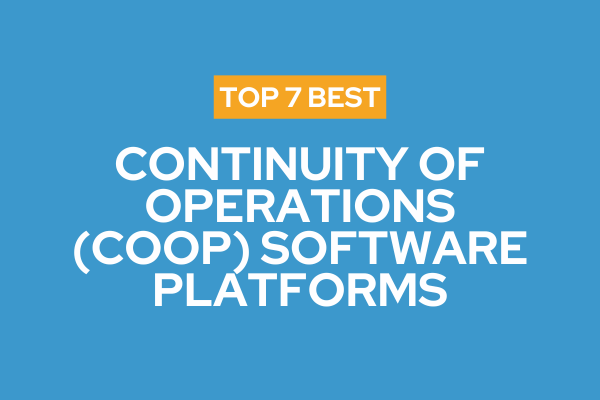
Explore the top 7 COOP software platforms that help organisations plan, test, and sustain operations during disruptions, ensuring resilience and compliance.
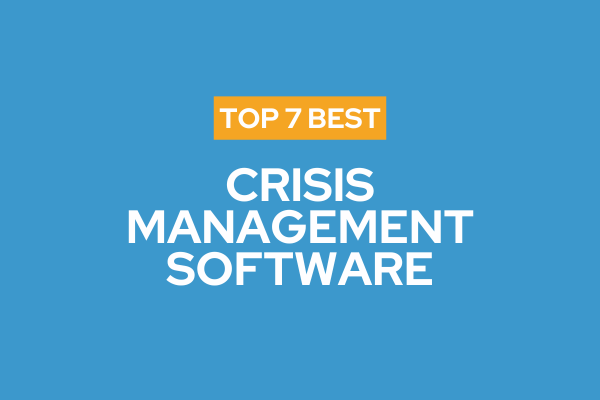
Compare the top 7 crisis management software—tools that centralise response, speed communication, automate workflows, and improve audit-ready reporting.

Discover the top 8 dependency mapping tools for 2025—gain full visibility of systems, reduce downtime, speed incident response, and strengthen resilience.